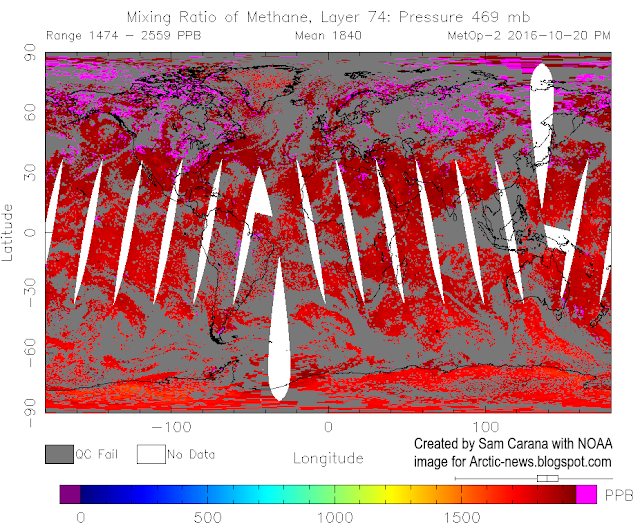by Andrew Glikson
There can be little doubt that, had the US, China and Russia been on the same page, an advanced agreement was likely to be reached at COP26, but since it is not, the collapse can be laid at the feet of human tribalism and eternal conflict since the dawn of civilization, ultimately leading to a mass extinction of species.Climate scientists have practically been excluded from COP meetings, dominated as they are by economists, lawyers and politicians. To date no address has been made by leading climate scientists, including authorities such as James Hansen, Michael Mann, Joachim Schellnhuber, Will Steffen and other, leaving delegates and populations unaware of the ultimate consequences of global climate devastation.
With the exception of David Attenborough and references to “one minute to mid-night”, the science-based projections of global heating have only received faint echoes among the assembly of warring tribes at COP-26, dominated by nationalism, vested interests and sheer ignorance of the current trend, which can only culminate in the end of civilization.
The futility of making political decisions regarding future carbon emissions while continuing to grow fossil fuel industries is manifest (Figure 1).
 |
| Figure 1. Global CO₂ emissions by fuel (Global Carbon Project) |
The lessons from climate science indicate:
- While politicians talk about a 1.5°C target, the mean global temperature has already exceeded this level and likely approaches 2°C when the transient short-term masking effects of aerosols are accounted for. Thus Hansen and Sato (2012) estimate aerosol to lower global temperatures by between -1.0°C and -1.2°C, which implies the real mean global temperatures are close to +2°C above pre-industrial level. By contrast, references to the NASA’s ~1.02°C warming can be compared to a measurement of a patient’s body temperature only after they take a dose of aspirin. Furthermore, this NASA anomaly is measured from 1951-1980, whereas the Paris Agreement calls for a pre-industrial base.
- Whereas the critical need for emissions reduction is central to climate negotiations, the effects of cumulative concentration of GHG in the atmosphere (CO₂ + equivalent CH₄, N₂O, etc), which trigger amplifying feedbacks from land and ocean, remains hardly tackled. The current CO₂-equivalent level of >500 ppm (Figure 2), which is near X1.8 times the pre-industrial level of ~280 ppm CO₂, is generating amplifying feedbacks. According to a climate sensitivity estimate of 3 ± 1.5°C per doubling of CO₂ the equilibrium rise in temperature could be approaching +3°C.
- The role of amplifying GHG feedbacks from land and oceans, leading to enhanced heating, appears to be neglected in climate talks, including:
- A decline in the polar albedo (reflection) due to large-scale lateral and vertical melting of ice;
- Reduced CO₂ intake by warming oceans. Currently the oceans absorb between 35-42% of all CO₂ and around 90% of the excess heat;
- Warming, desiccation, deforestation and fires over land areas;
- Release of methane from melting permafrost and from polar sediments;
- An increase in evaporation, particularly in arid zones, raising atmospheric vapor levels, which enhances the greenhouse gas effect. - IPCC-based climate trends are mostly linear, yielding an impression that overshooting of the warming trend is capable of being reversed within acceptable time scales, projections which neglect the likelihood of tipping points of no return. The time scales for attempts to cool the atmosphere may exceed the longevity of civilization. The weakening of the Arctic jet stream, allowing air and water masses of contrasted temperatures to cross the Arctic boundary, leads to disruptions such as the freezing “beast from the east” fronts that hit North America and Europe and Arctic wildfires. The flow of ice melt water from Greenland and Antarctica into the oceans may result in marked transient temperature reversals in the oceans, extending onto land.
 |
| Andrew Glikson |
Earth and Paleo-climate scientist
School of Biological, Earth and Environmental Sciences
The University of New South Wales,
Kensington NSW 2052 Australia
The Asteroid Impact Connection of Planetary Evolution
https://www.springer.com/gp/book/9789400763272
The Archaean: Geological and Geochemical Windows into the Early Earth
https://www.springer.com/gp/book/9783319079073
Climate, Fire and Human Evolution: The Deep Time Dimensions of the Anthropocene
https://www.springer.com/gp/book/9783319225111
The Plutocene: Blueprints for a Post-Anthropocene Greenhouse Earth
https://www.springer.com/gp/book/9783319572369
Evolution of the Atmosphere, Fire and the Anthropocene Climate Event Horizon
https://www.springer.com/gp/book/9789400773318
From Stars to Brains: Milestones in the Planetary Evolution of Life and Intelligence
https://www.springer.com/us/book/9783030106027
Asteroids Impacts, Crustal Evolution and Related Mineral Systems with Special Reference to Australia
https://www.springer.com/us/book/9783319745442
The Event Horizon: Homo Prometheus and the Climate Catastrophe
https://www.springer.com/gp/book/9783030547332
The Fatal Species: From Warlike Primates to Planetary Mass Extinction
https://www.springer.com/gp/book/9783030754679













